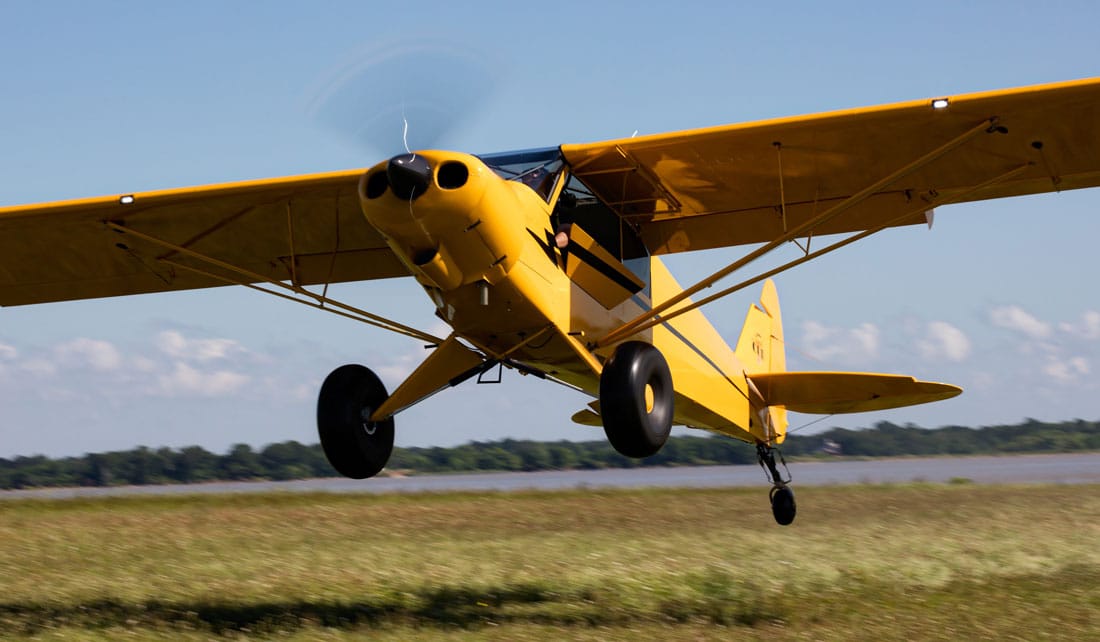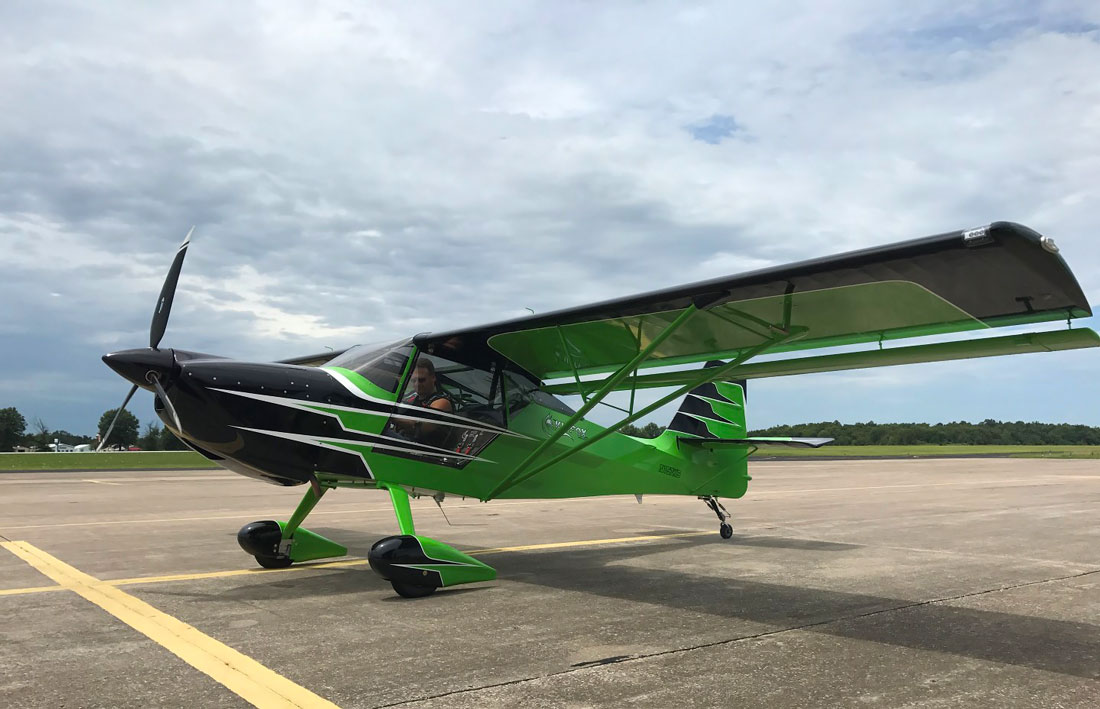The P-63 Kingcobra flew for the first time in over 40 years after a sixteen-year restoration process.
The Georgia-based Commemorative Air Force (CAF) Dixie Wing is celebrating its 30th anniversary today (February 28, 1987 – February 28, 2017). And what better way to celebrate than adding a pair of newly restored aircraft to your fleet? The aircraft, a Beechcraft T-34 Mentor that was restored back in December, and a recently restored Bell P-63 Kingcobra, have just joined the Dixie Wing’s operating fleet, and in addition to being on display in the group’s museum, are also available for airshows and other aviation events.
Regarding the anniversary, CAF Dixie Wing Leader Jay Bess said “A small group of dedicated aviation professionals formed the CAF Dixie Wing in 1987, and their dream has become a mecca for WWII aviation enthusiasts, with seven operating WWII aircraft now at the Warbird Museum. This could not have happened without the dedicated efforts and professional expertise of hundreds of volunteer members over the years.” Bess added that in addition to the warbirds, the museum also includes an exhibit hall, a small collection of WWII vehicles, a Link Trainer in restoration, and warbird rides program that’s available to the public.
In addition to the Kingcobra and Mentor (which just returned from Delta Air Lines Technical Operations group in Atlanta where it was restored to its original livery), the Dixie Wing’s fleet also contains a P-51 Mustang “that started the entire CAF in 1957“, a Corsair, and a rare SBD Dauntless dive bomber.
More Details on the Bell P-63 Kingcobra
According to the Dixie Wing, the newly restored Bell P-63a-6 Kingcobra rolled off the assembly line at Bell’s plant located in Niagra Falls, NY, on February 24, 1944, with serial number 42-68941. Bell retained it as a test aircraft until 1945, when it was transferred to the National Advisory Committee for Aeronautics (NACA, the predecessor to NASA) Ames Research Center at Moffet Field, located in Mountain View, CA. There, it was used as part of several research programs.
According to the CAF, the aircraft joined the group on June 21, 1967. Then, on October 5, 1975, Colonel “Lefty” Gardner flew the aircraft from Mississippi to the CAF’s former headquarters in Harlingen TX in what was the aircraft’s last known flight. The aircraft was eventually adopted by the CAF Missouri Wing and was relocated again. Tragically, the aircraft was damaged and several parts were lost in the Mississippi River Flood of 1993. So in 1996, the aircraft was trucked to the Dixie Wing in Georgia for restoration. Restoration began in 1999, but it was a slow process due to a lack of parts, which had to either be salvaged from other aircraft or hand-made to original specifications.

Finally, after sixteen years of restoration work, and more than 40 years since it last flew, experienced P-63 pilot Jim “JD” Dale took off for the restored aircraft’s first flight on February 18, 2017. The flight happened just after 13:00 hours, leaving from the Dixie Wing’s headquarters at Atlanta Regional Airport – Falcon Field in Peachtree City. According to the Dixie Wing, the aircraft had received an airworthiness certificate several months ago, but each time it had been scheduled to fly, “something got in the way and the flight was always postponed.”
The Dixie Wing asked Dale, the Director of Maintenance for the Lewis Air Legends Collection, to serve as the pilot for the first flight in large part because he’s the highest time P-63 pilot in the US, and to date, has over 6,000 hours in warbirds.
Talking about the flight, Dale said that it was a very successful test flight, and praised the job the Dixie Wing had done in restoring the aircraft. He added that “The flight was great, no major issues to report but only minor adjustments. The airplane was just slightly left wing heavy and the controls are a bit heavy but nothing that can’t be fixed with ease. The trims were great, light and quick to react.”
After the first flight, Dale and the Dixie Wing crew held a debriefing to go over the minor issues noted in the first flight, and based on Dale’s recommendations, they made a small adjustment to the RPM settings on the aircraft’s propeller. Dale then took the aircraft for a second test flight shortly after 16:00 hours, flying for roughly 25 minutes. The following day, the aircraft went on three additional flights, reportedly performing “very well” on all of them.
Featured Image: courtesy of the CAF Dixie Wing
The B-17 All American: The Truth Behind the Tall Tale

Wings ablaze with gunfire, the Messerschmitts pilot aimed his fighter directly at the nose of the All-American. The crew aboard the B-17 Flying Fortress had seconds to respond. The bomber’s nose gun flashed in reply. The gunners of the lead bomber joined the fray, raking the air with bullets. At the last moment, the fighter turned to pull away. Suddenly, the pilot froze – one of the American gunners had found their mark. The fighter shot right over the cockpit of the B-17 All-American with a deafening “whoosh” [Click to read more…]















Leave a Reply